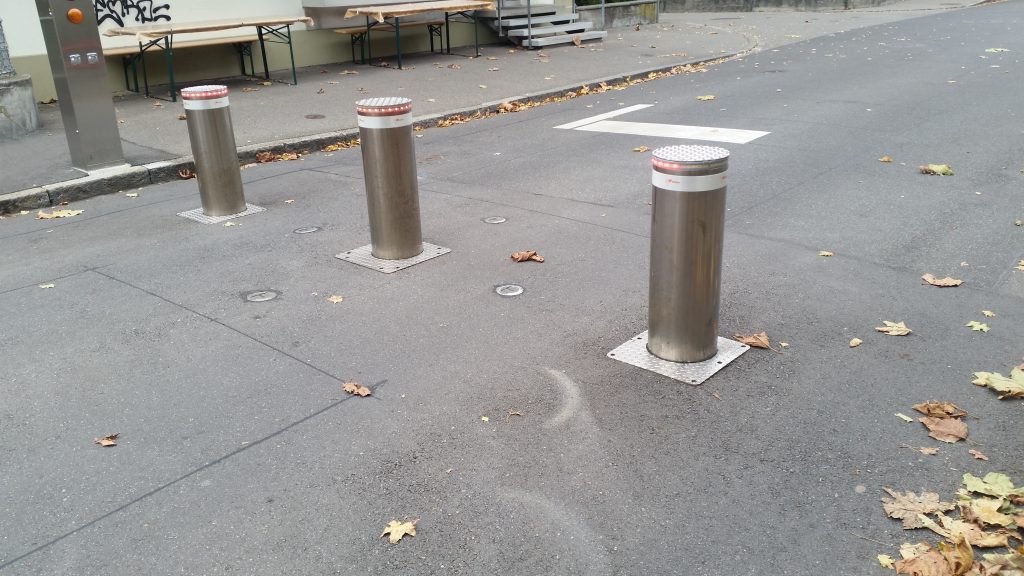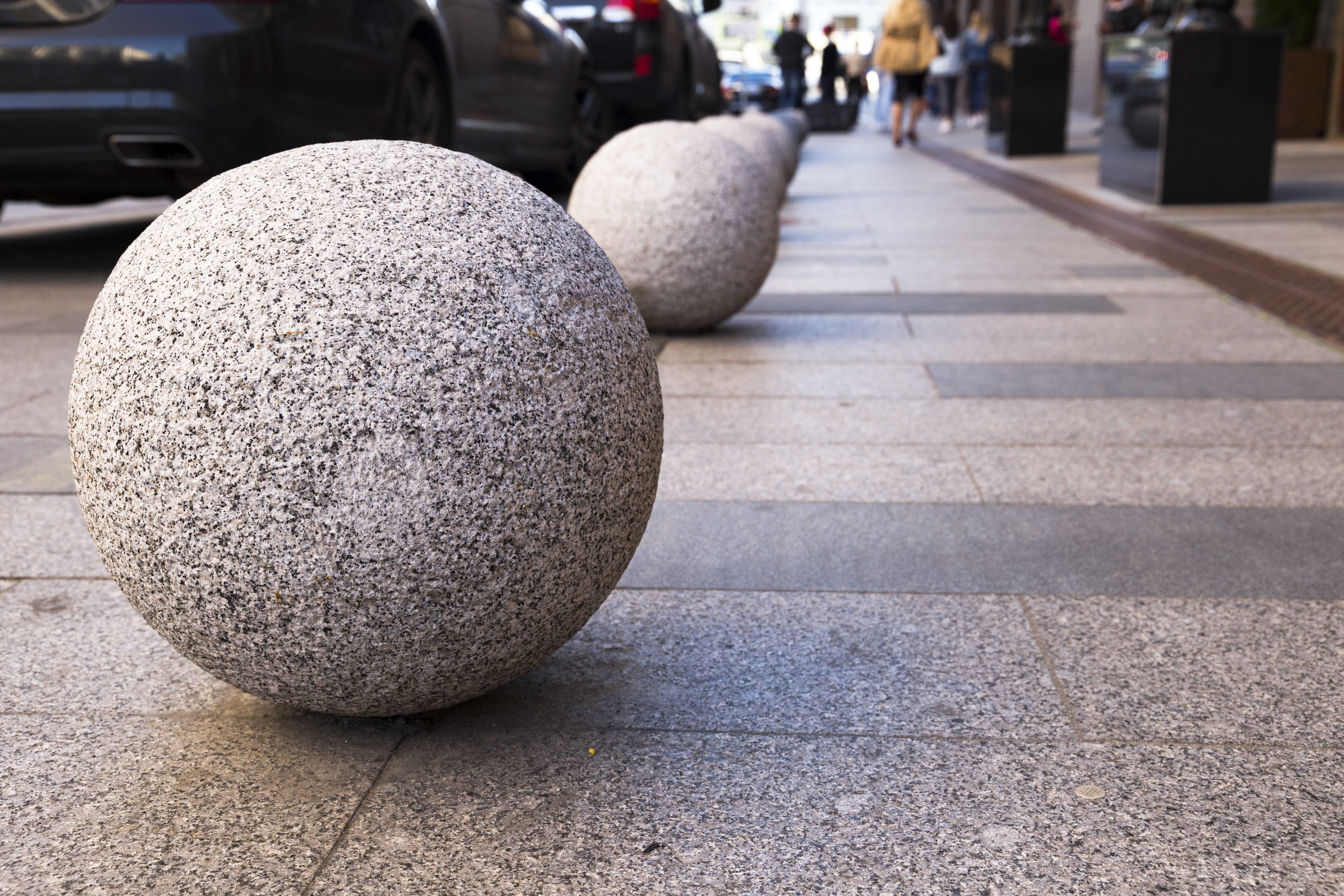Advanced Systems Access gives designers and architects food for thought when it comes to safety measures through bollard placement in commercial and public zones in cities.

The British celebrated their 1805 defeat of Napoleon’s navy by decorating the streets of London with the cannons from Napoleon??s ships. These structures, which became known as bollards, became a typical architectural feature of many buildings around the world. They not only give buildings a certain design appeal, but also act as safeguards against accidents from vehicles.
In May 2017, bollards in the form of a redundant defense pattern minimised the damage from a car that went up a one-way street the wrong way in Times Square, New York. Bollards were put in place along Manhattan??s West Side bike path after authorities agreed the truck that shifted into the bike path did so with the purpose of killing people. There is now a request to have federal regulations in place that will use up to $50 million in local grants to help prevent future similar attacks by creating bollards and other traffic barriers.
The type of features implemented for the bollards depends on the needs of each region. According to Dr. Randy Atlas, professor and Fellow of the American Institute of Architects, when you ask various city officials how they plan to design their public areas for safety, “There’s a different answer for each one.”

The Case for Bollards
Calpipe Security Bollards?? chief security representative, Rob Reiter, states that Bollards have an advantage over fences and other barriers that block entry because they have space where people can enter them but not vehicles. Reiter goes on to add that most bollards are hollow on the inside to sustain the force of an incoming vehicle. There are also modern versions of bollards that are electronically operated by remote devices (and even smartphones) to retract when needed.
The sturdiest bollards are as big as 12 inches in diameter for superior protection against terrorist vehicles. As an added safety measure, companies that make bollards are doing more extensive testing to make sure these safety devices are worth the time and effort to be installed. As Reiter puts it, when it comes to a big truck heading towards a building at a minimum of 50 miles per hour, “You want to know that if it’s installed this way, will it stop this vehicle?”
Bollards are proving to be a beneficial asset for traffic management:
Pedestrian safety
When bollards are placed in high pedestrian traffic areas and locations with inadequate traffic signals, it decreases the chances of pedestrians being hit by out-of-control vehicles.
Traffic Safety
This is one of the most important benefits of bollards because it directs traffic flow on narrow roads and roads with sharp turns or high curbs. Therefore, bollards keep drivers aware of what obstacles they may face on certain roads.
Building/Infrastructure Security
Bollards act as security features for buildings like government offices, schools, banks, museums, etc. because they deter damage from vehicle impact.
Curb Mounting Prevention
To deter people from parking on the curb, the verge or sidewalk, bollard, K-Line Fencing Group recommends the use of bollards. These structures can also be used to protect landscaping.
Bollards are not just for visual appeal. They have also become an important part of building security and road safety. As such, these structures allow both pedestrian and vehicle traffic to flow efficiently while decreasing injury to both people and properties.




